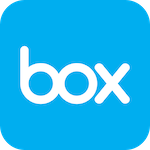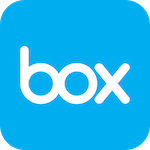
Google Books
Google Books is a comprehensive digital library and book search service provided by Google. It offers a vast collection of full-text books, magazines, and other publications that users can search, preview, and in some cases, read entirely online. The service includes both in-print and out-of-print works, with millions of titles available.
Key features of Google Books include:
Book Search: Users can search for books by title, author, ISBN, or keywords within the text.
Preview: Many books offer a limited preview, allowing users to read portions of the book before purchasing.
Full-text access: Some books, particularly those in the public domain, are available to read in full for free.
Personal Library: Users can create a personal library of books they’ve read or want to read.
Integration with Google Scholar: For academic research, Google Books is integrated with Google Scholar.
Purchase options: For books still under copyright, Google Books provides links to purchase the book from various retailers.
Accessibility features: Including text-to-speech for some books and adjustable text size.
Google Books has been instrumental in digitizing and preserving millions of books, making them more accessible to a global audience. However, it has also faced legal challenges regarding copyright issues, particularly for its scanning of copyrighted works without explicit permission.






